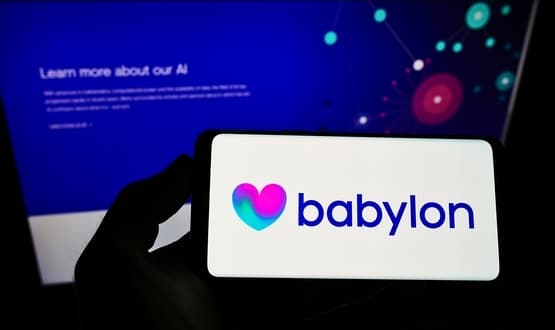Connelly outlines hopes for 2011
- 31 December 2010

The Department of Health may be planning to move quickly on plans to let patients email their doctors and get access to ‘unpolished’ data.
In a contribution to E-Health Insider’s look ahead to 2011, Department of Health director general of informatics Christine Connelly says she has two ambitions for the coming yearr.
The first is to encourage transparency by publishing data before it has been published and the second is to move services online; which was one of the few technology issues tackled in the Operating Framework for the NHS in England 2010-11 when it emerged just before Christmas.
“Being able to communicate via secure email with your clinician, rather than waiting for an appointment, gives patients an accessible service, responsive to their needs," Connelly wrote.
"It also helps avid wasting patient and public resources on unnecessary travel and visits.”
She adds that the new NHS – which will undergo the first steps of its latest reorganisation in 2011 – will need information to build bridges between all parts of the system.
“We need people talking to each other, patients talking to each other, no matter where they are in the system, they should be able to connect.”
Connelly also says that the DH’s new approach to local flexibility and control will enable the NHS to get the maximum value from its investment in IT and that the NHS reforms will encourage greater innovation.
Connelly’s look ahead to 2011 in full:
Putting patients at the heart of the health service is key to the white paper reforms and I am pleased that the transforming power of information has been fully recognised as integral to that endeavour.
The Information Strategy, to be published next spring, will set out how we expect patients to take control of the information that is available. This means not only creating great websites that tell you how good a clinician is, or how well an organisation works, but empowering patients so that they can be sure that ‘no decision about me without me’ moves from rhetoric to reality.
We want to use technology to make that information available and to help people use it to deliver a different experience – doing things for themselves, if that’s what they want to do.
In the new NHS, we need information to build bridges between all the different parts of the system. We need people talking to each other, patients talking to each other, clinicians talking to each other, no matter where they are in the system, they should be able to connect.
Our new approach, encouraging greater local flexibility and control, allows us to get the maximum value from the investment being made in Information Technology. Innovation will grow at a local level as the wider NHS reforms progress during 2011.
There are two key ambitions I hope to see begin to be realised during the year. We will encourage transparency by publishing data before it has been ‘polished’. Rapidly available information will help drive efficiency by giving patients, organisations and clinicians evidence about outcomes.
We will also encourage data collecting at the point of care so we can improve its quality and accuracy, instead of relying on “after the event” memories. Linked to making this happen is the development of tools which are as intuitive as the ones people already use to for example manage their life, talk to friends, bank online. Breaking down the barriers that some health service staff experience in relation to clumsy IT applications will make high quality and accessible information a reality.
Finally, there is a great opportunity to help the efficiency and productivity drive by offering parts of the service online.
Being able to communicate via secure email with your clinician rather than waiting for an appointment gives patients an accessible service, responsive to their needs. It also helps avoid wasting patient and public resources on unnecessary travel and visits.
Christine Connelly
Director General Informatics
Department of Health




